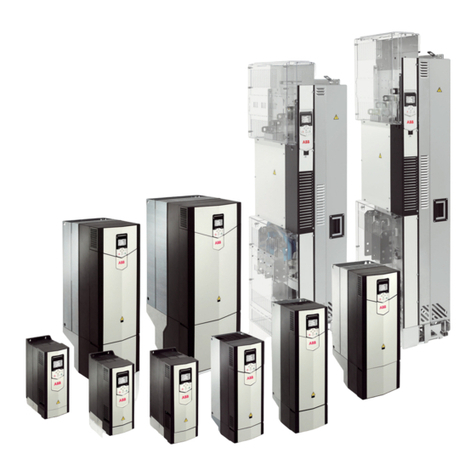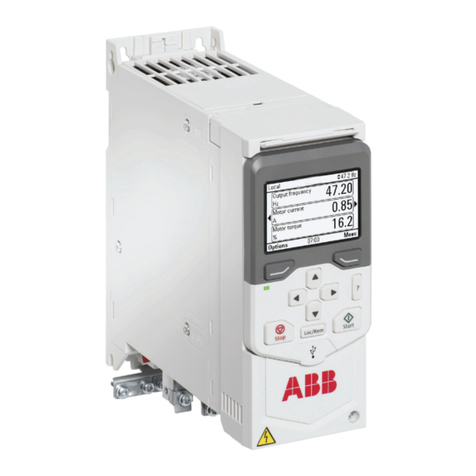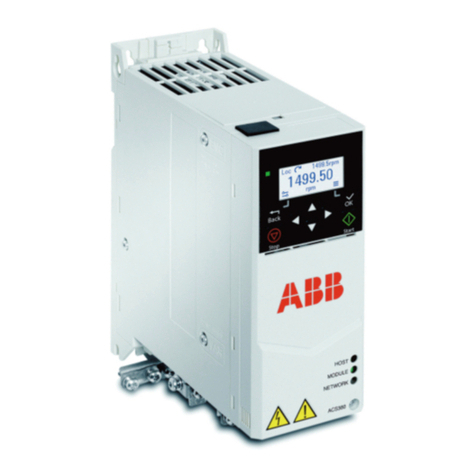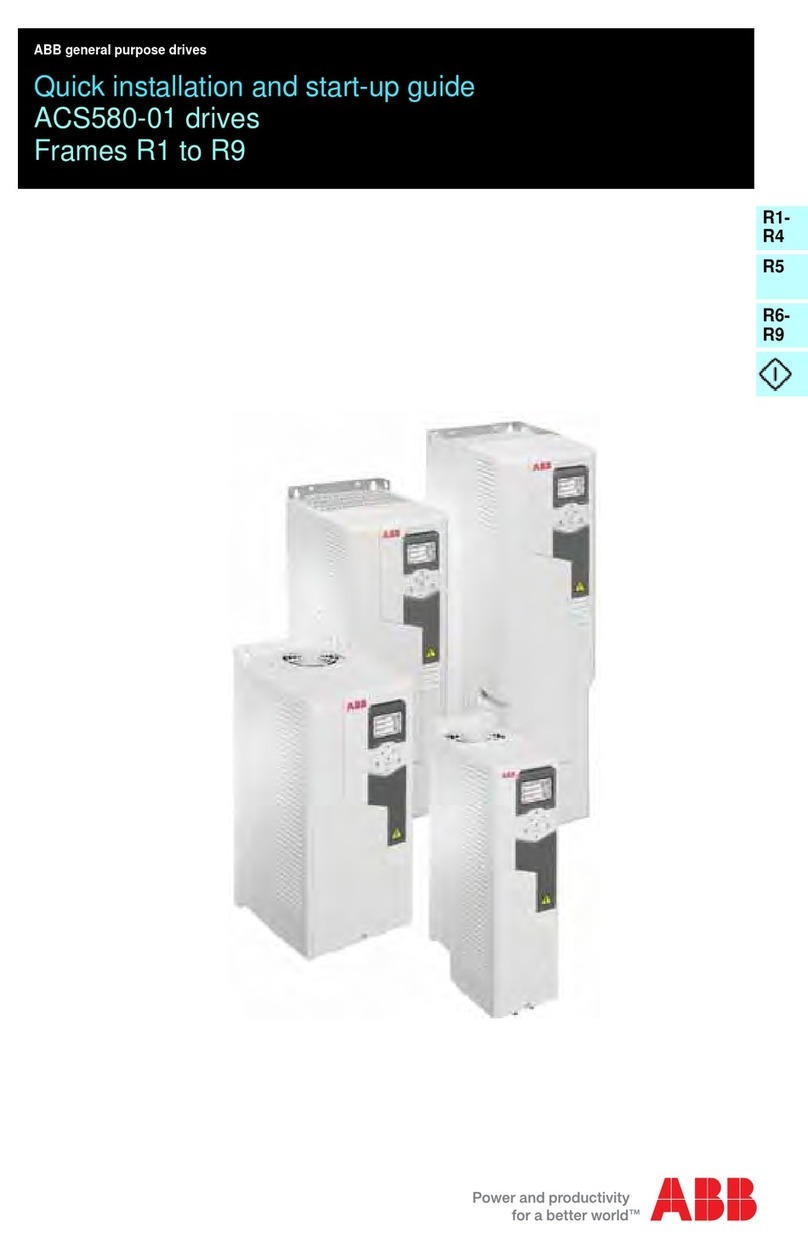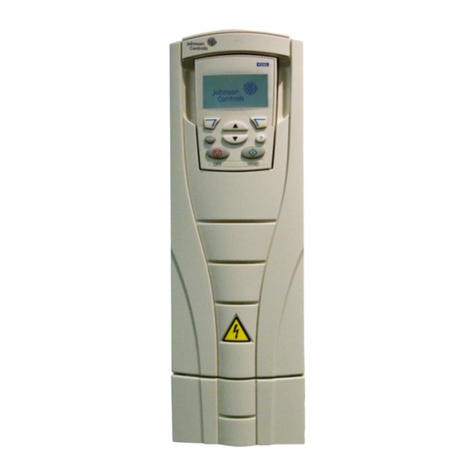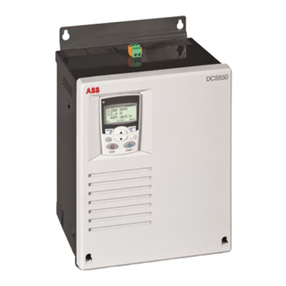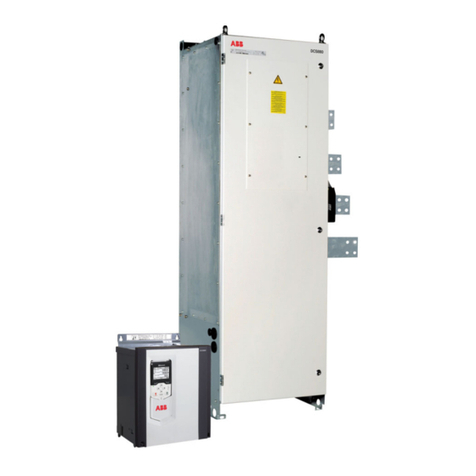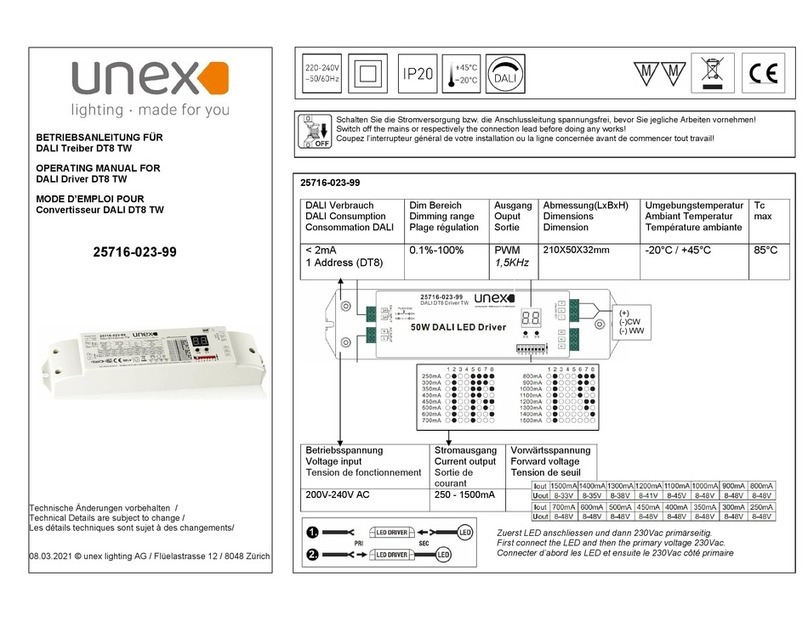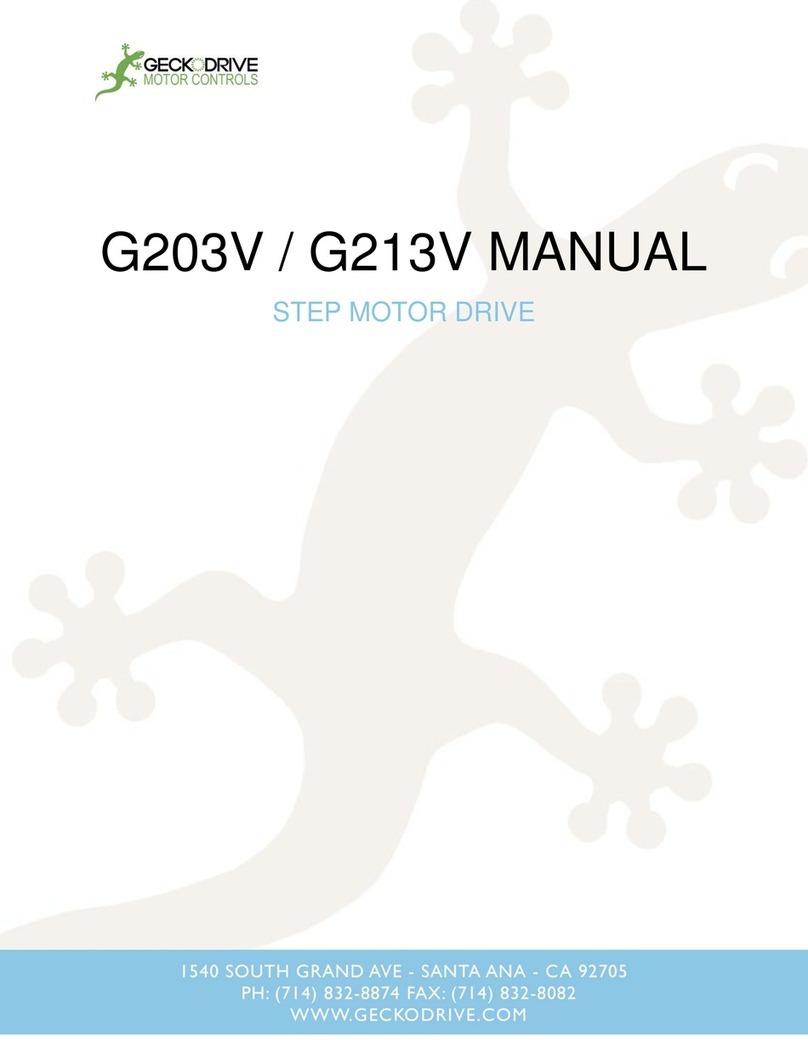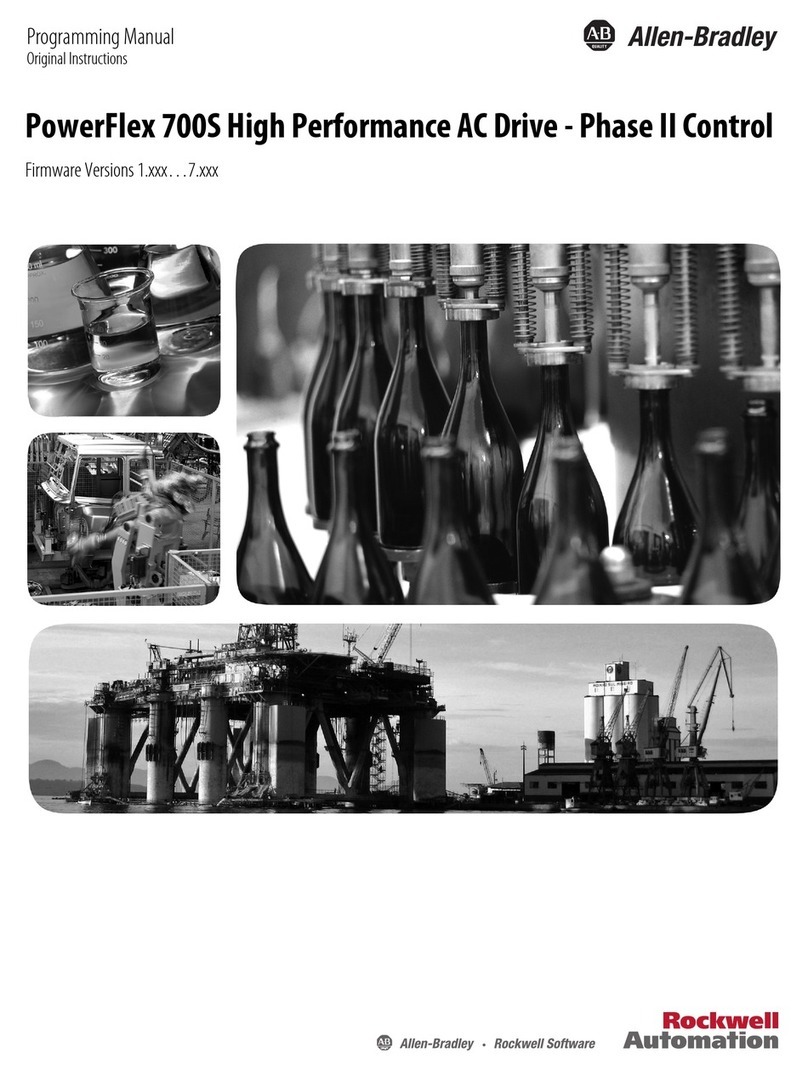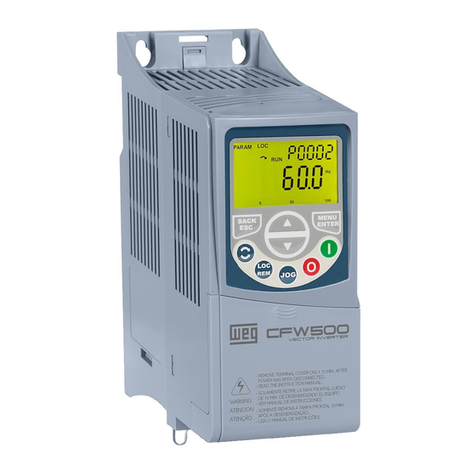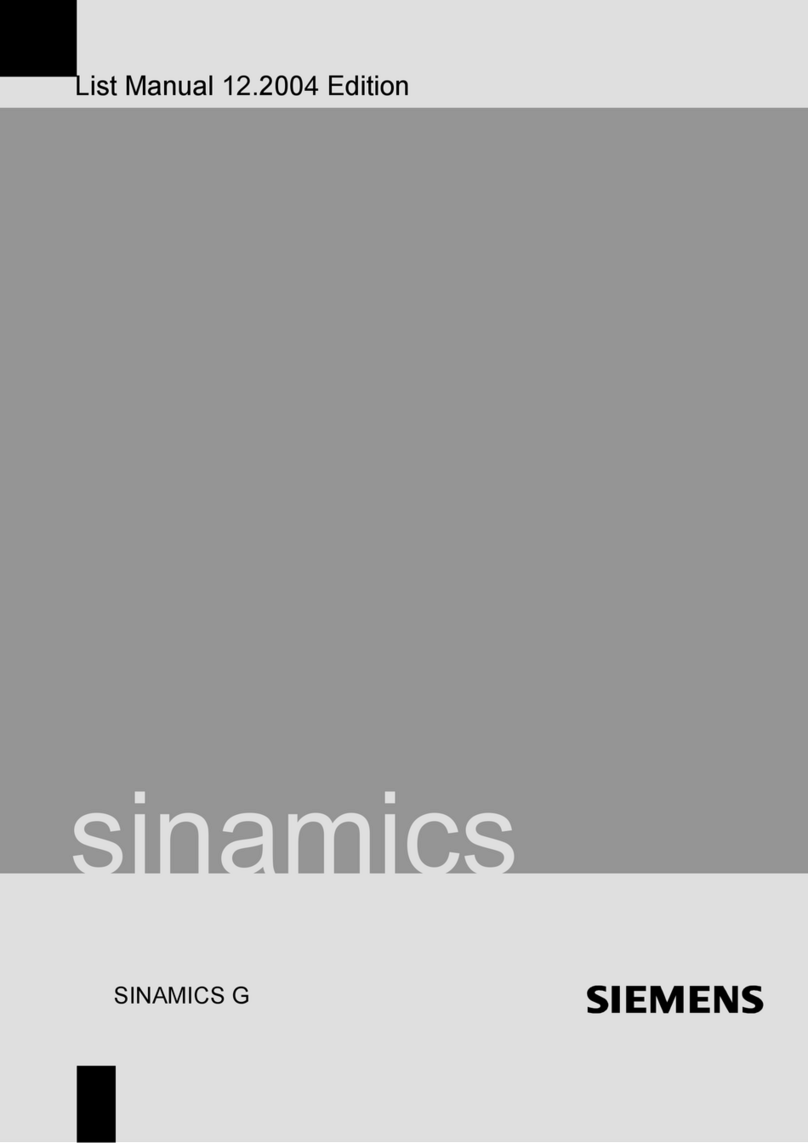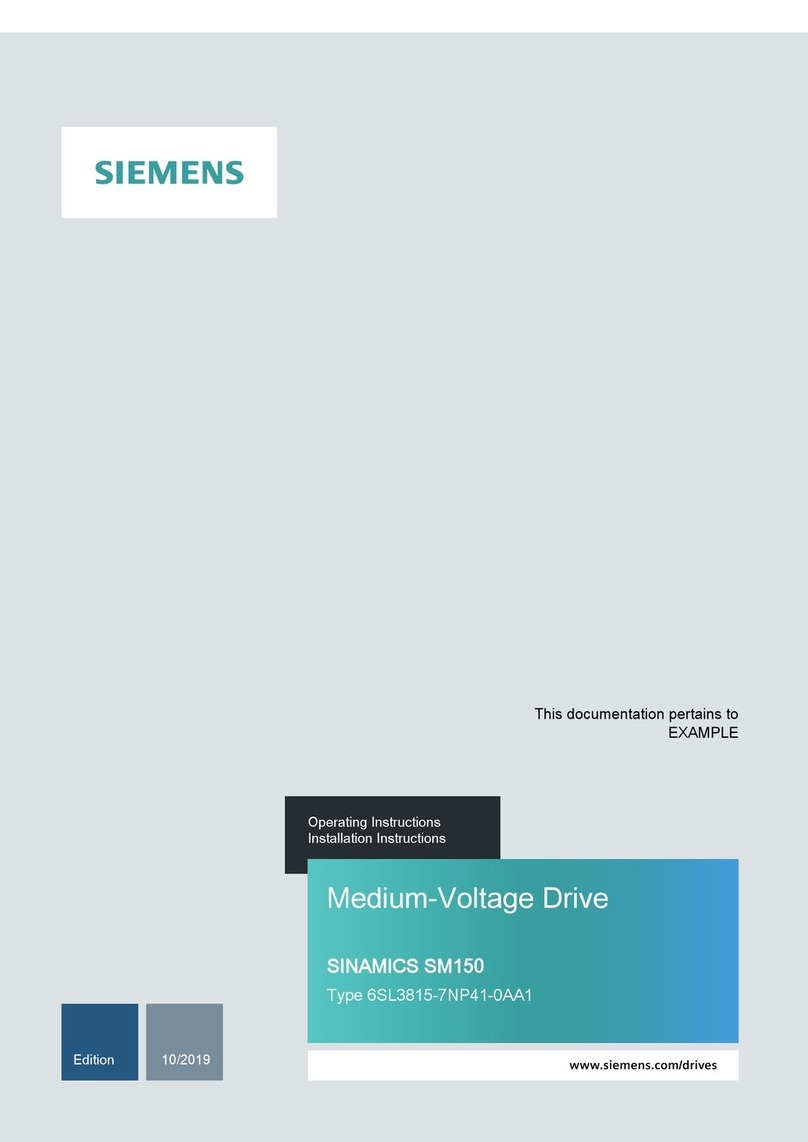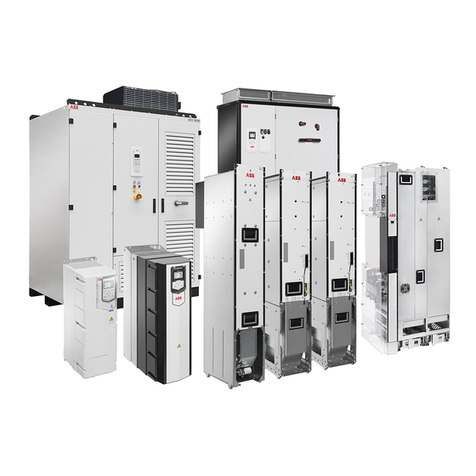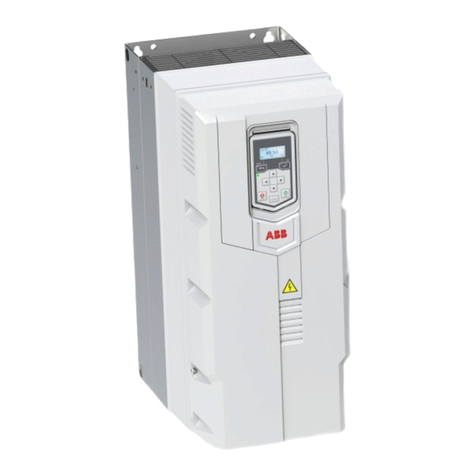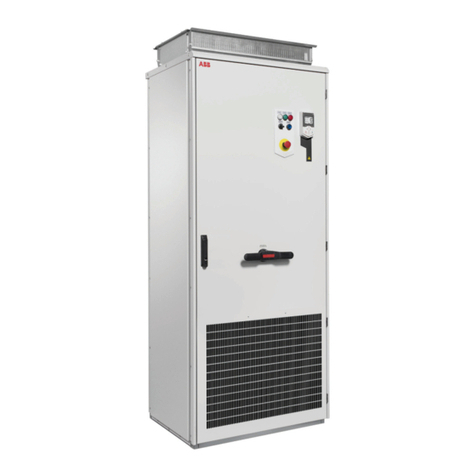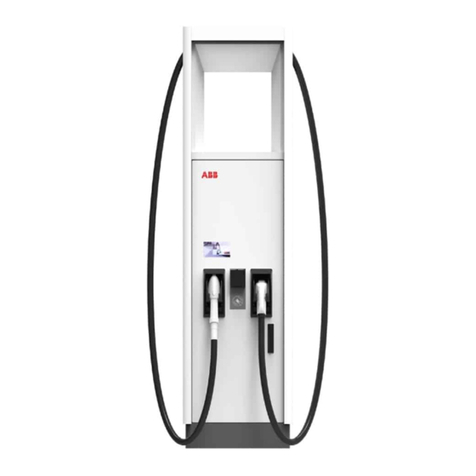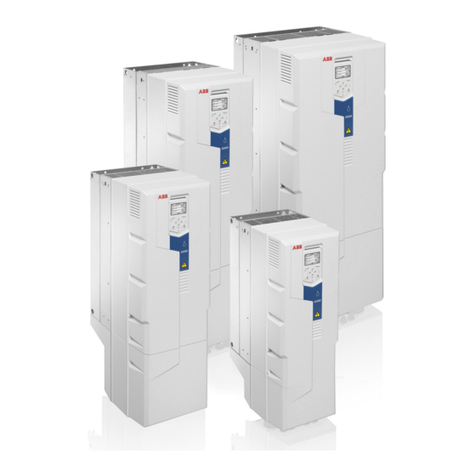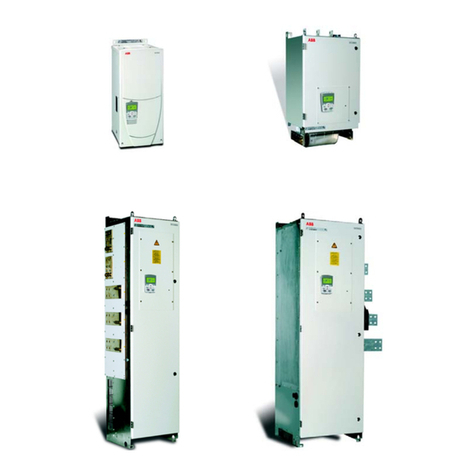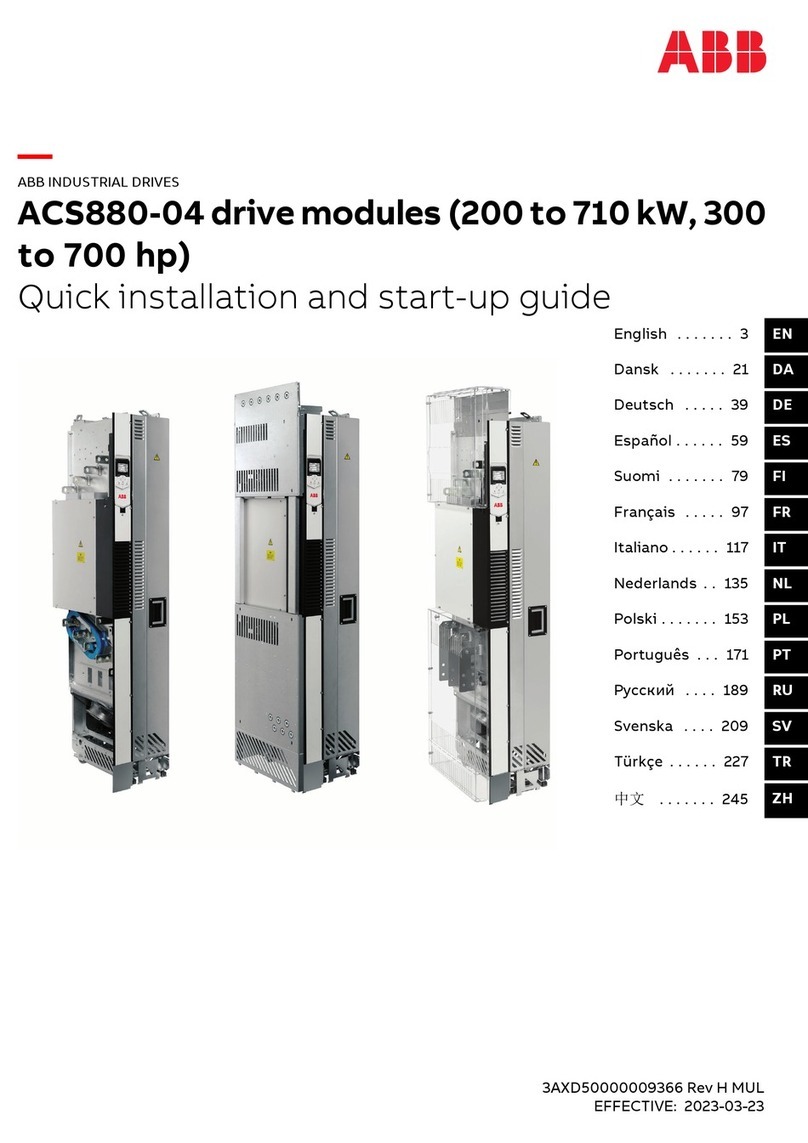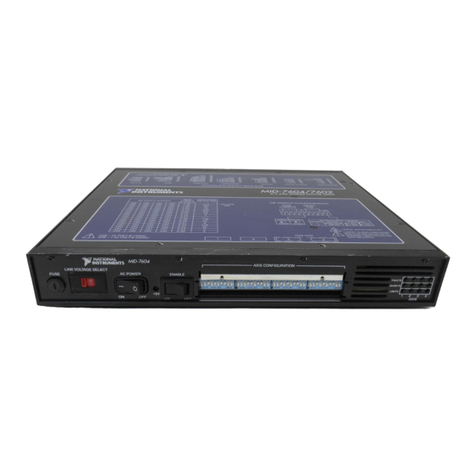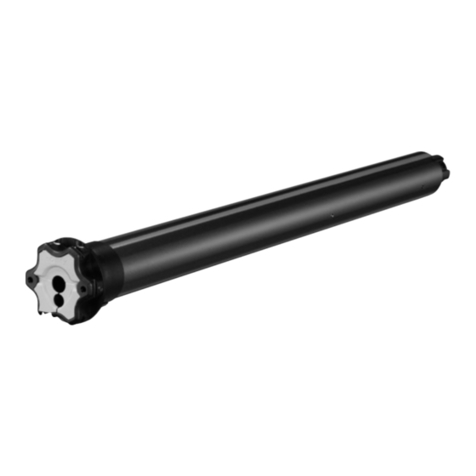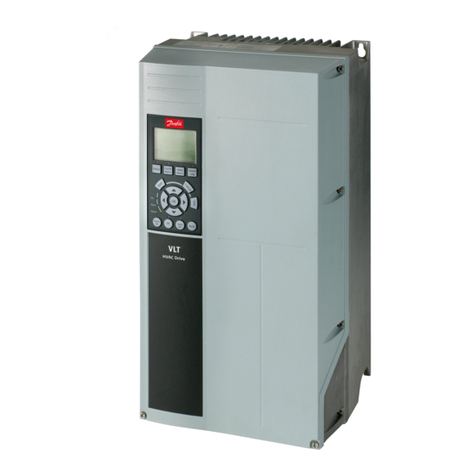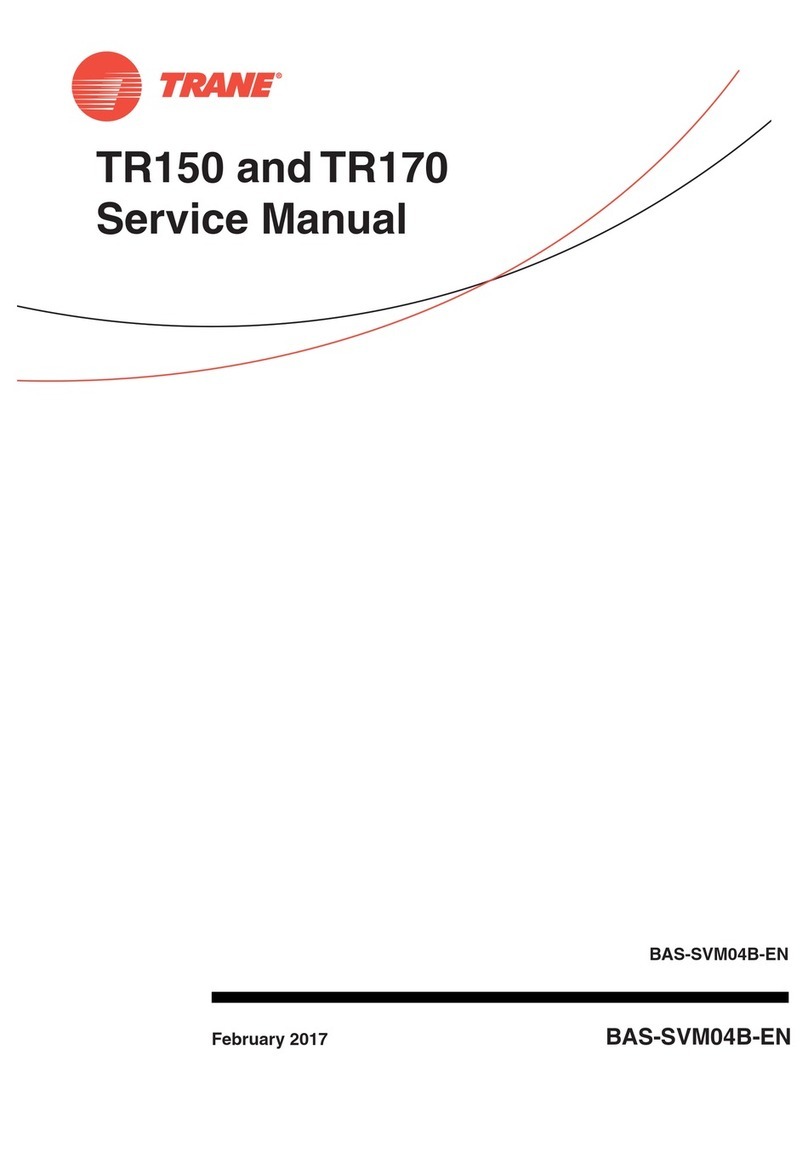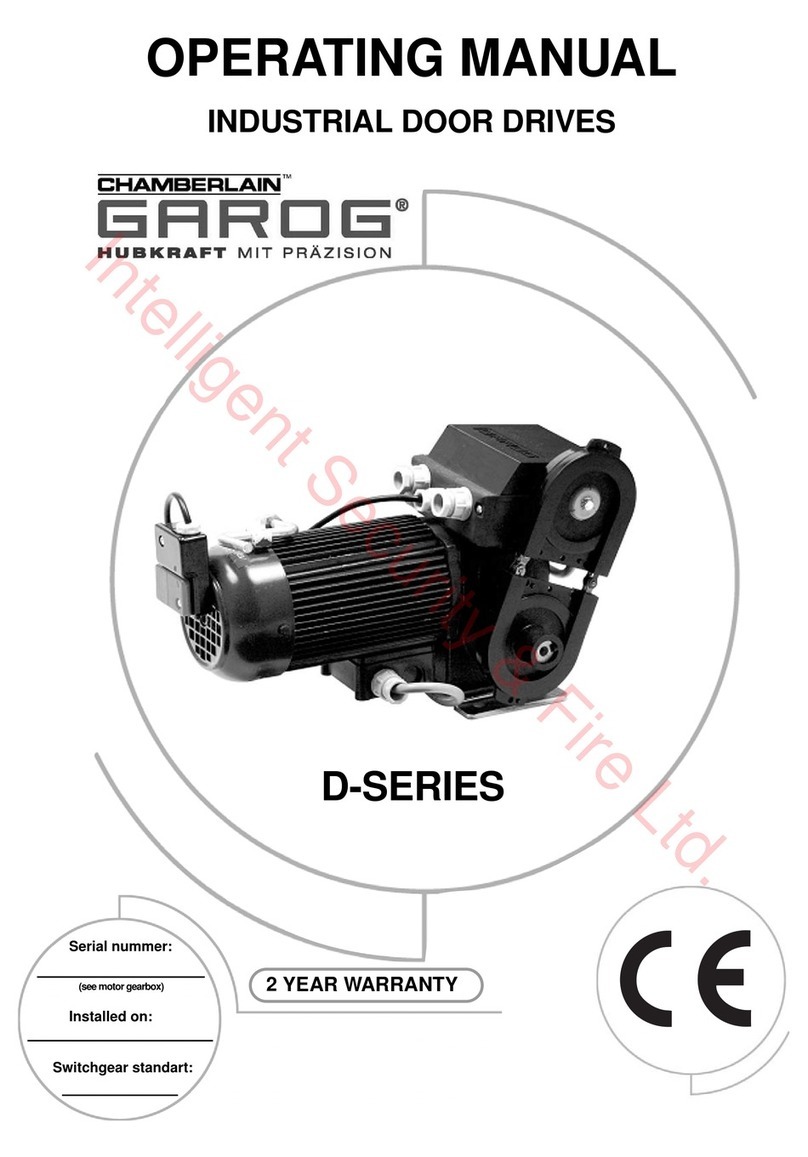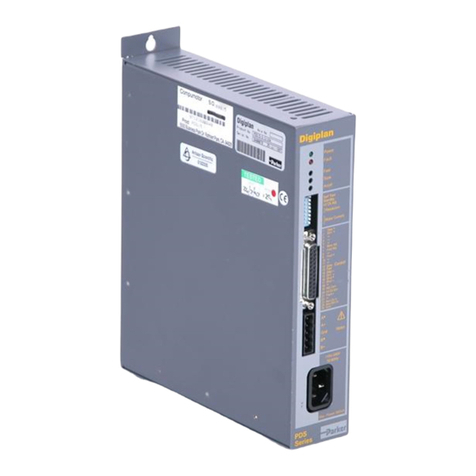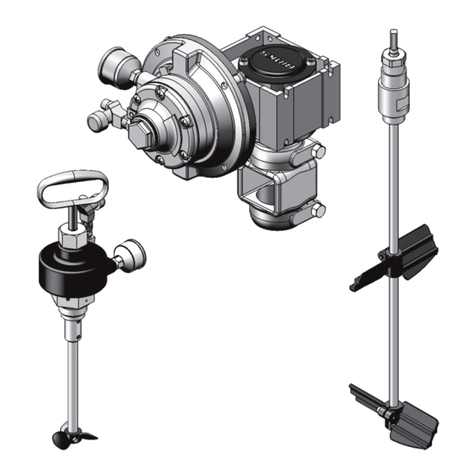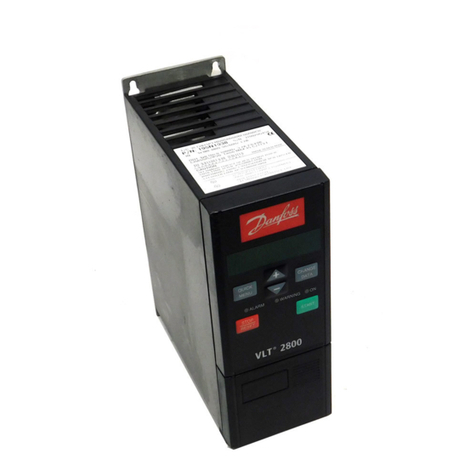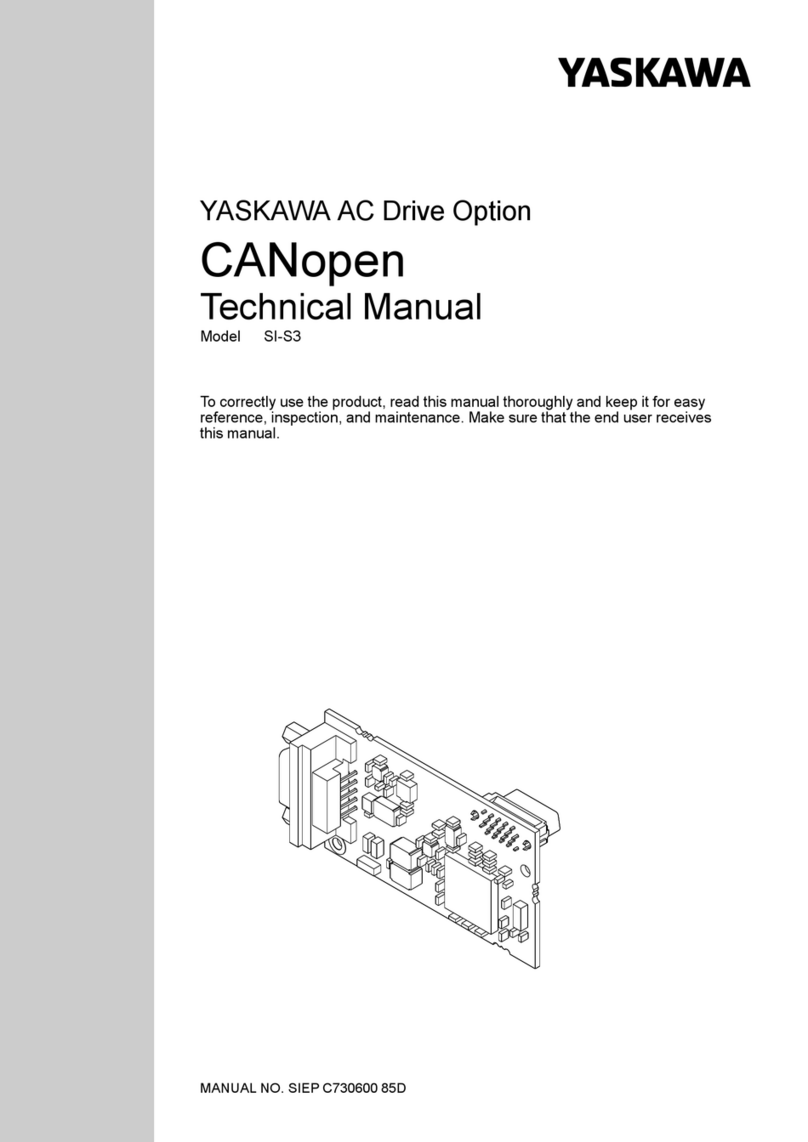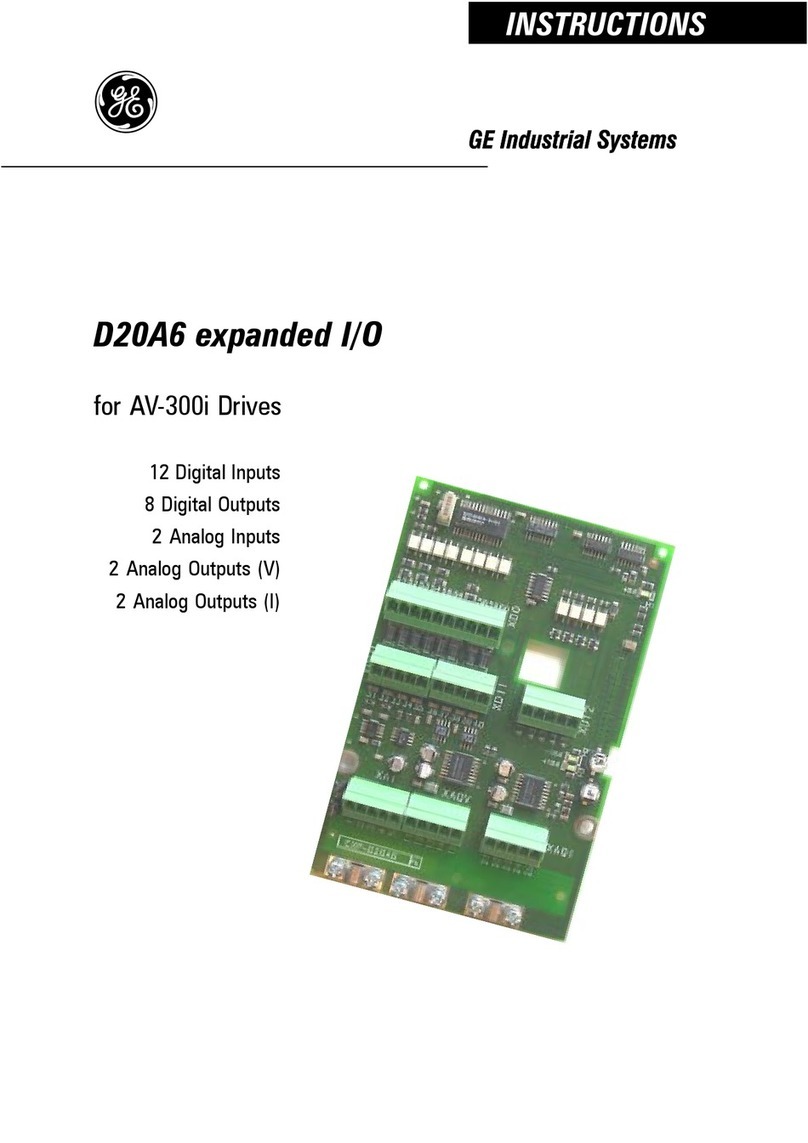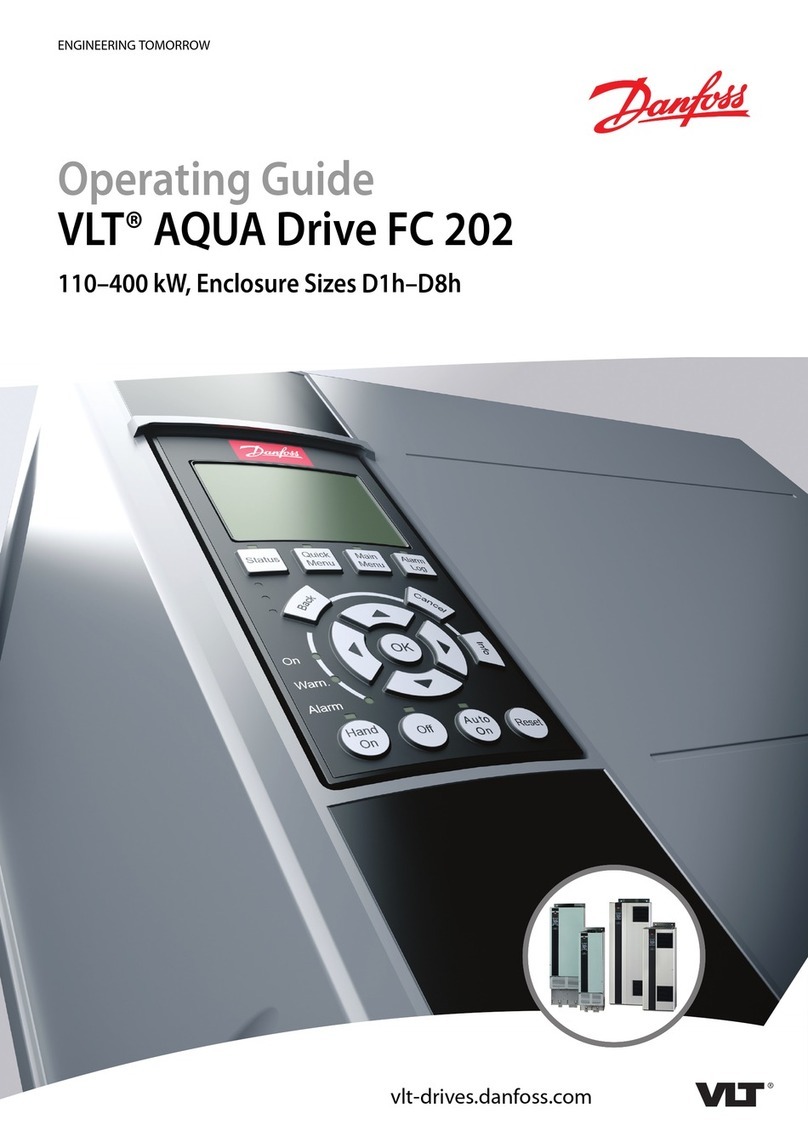
39Cabinet installation ..............................................................................
39Layout example, outside view ..............................................................
40Layout example, inside view ................................................................
41Mounting the control panel on the cabinet door .......................................
42Installation positions other than vertical ................................................
43Required free space ..............................................................................
5 Mechanical installation
45Contents of this chapter ........................................................................
45Examining the installation site ................................................................
45Moving and unpacking the unit ................................................................
46Unpacking ......................................................................................
47Package drawings ............................................................................
49Examining the delivery .......................................................................
49Lifting ...........................................................................................
51Attaching alternatives ...........................................................................
51Attaching the drive module by the flange ...............................................
52Attaching the drive module by the heatsink ............................................
53Attaching the metallic shroud (standard) ...............................................
53Attaching the external control unit ...........................................................
54Attaching the external control unit to a mounting plate or wall ....................
54Attaching the external control unit vertically on a DIN rail ...........................
55Attaching the external control unit horizontally on a DIN rail .......................
6 Guidelines for planning the electrical installation
57Contents of this chapter ........................................................................
57Limitation of liability .............................................................................
57Selecting the main supply disconnecting device ..........................................
57European Union and United Kingdom ....................................................
58North America .................................................................................
58Other regions ..................................................................................
58Selecting the main contactor ..................................................................
58North America .................................................................................
58Other regions ..................................................................................
58Examining the compatibility of the motor and drive .....................................
59Protecting the motor insulation and bearings .........................................
59Requirements tables .........................................................................
59Requirements for ABB motors,
P
n< 100 kW (134 hp) ..............................
60Requirements for ABB motors,
P
n> 100 kW (134 hp) ..............................
61Requirements for non-ABB motors,
P
n< 100 kW (134 hp) ........................
62Requirements for non-ABB motors,
P
n> 100 kW (134 hp) ........................
62Abbreviations ..............................................................................
63Availability of d
u
/d
t
filter and common mode filter by drive type ..............
63Additional requirements for explosion-safe (EX) motors .........................
63
Additional requirements for ABB motors of types other than M2_, M3_, M4_,
HX_ and AM_ ................................................................................
63Additional requirements for braking applications .................................
63Additional requirements for ABB high-output and IP23 motors ................
63Additional requirements for non-ABB high-output and IP23 motors ..........
64Additional data for calculating the rise time and the peak line-to-line voltage .
65Additional note for sine filters ..........................................................
6 Table of contents
